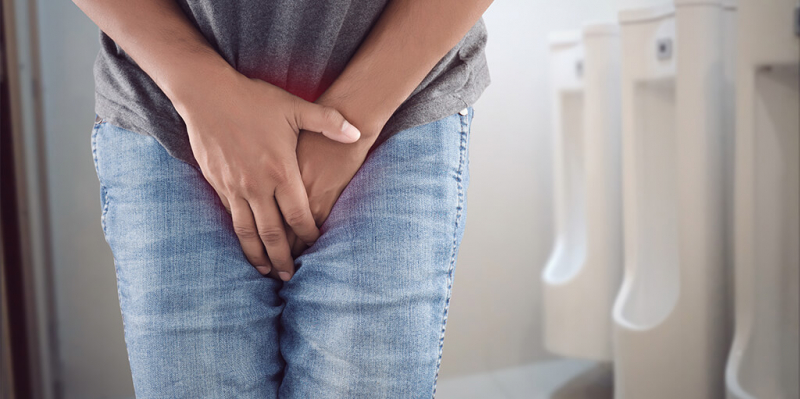Top 5 Diabetic Ketoacidosis (DKA) Symptoms and Warning Signs
DKA, or diabetic ketoacidosis, is a dangerous and potentially fatal condition. When your body doesn't have enough insulin, a hormone that is either made by ... read more...your pancreas or administered, you can develop diabetes-related ketoacidosis. Your body needs insulin to convert glucose, its preferred fuel source, into energy. Your body begins burning fat for energy if there is either insufficient or no insulin. Ketones are released into the bloodstream as fat is broken down. Therefore, to be able to avoid its risk, let's find out Diabetic Ketoacidosis (DKA) Symptoms and Warning Signs below!
-
Frequent urination is the need to urinate frequently over the course of a 24-hour period, which is uncomfortable and disruptive to your daily life. You might need to urinate more regularly at certain times in your life, such as during pregnancy. This may be a typical pregnancy symptom, and it usually goes away after giving birth. However, excessive urination may be a sign of other health problems that aren't part of daily life and don't go away with time.
Frequent urination can also make it difficult to sleep. Nocturia is the medical term for the full bladder that keeps waking you up in the middle of an otherwise restful night's sleep. By treating the underlying illness, your healthcare professional can frequently assist in relieving this symptom.

via: Bizrahmed 
via: Bizrahmed -
Your body is made up of water to a degree of 55% to 78%. Water makes up roughly 78% of newborn babies, 65% of babies aged one year, 60% of adult men, and 55% of adult women. 73% of your heart and 73% of your brain are composed of water. Your skin is 64% water, your muscles and kidneys are 79% water, and your bones are 31% water. Your lungs contain an astounding 83% water.
Dehydration, or not having enough water in your body to properly hydrate your cells and blood vessels, is another summertime danger. Even a tiny amount of water loss, as little as 1.5%, can result in symptoms. Thirst is your body's natural reaction to dehydration. When you feel thirsty, you should consume some liquids immediately away, especially water.

via: Everyday Health 
via: Everyday Health -
Frequently described as throbbing, continuous, severe, or dull pressure, headaches are pains in the head or face. There is a wide range in the type, severity, location, and frequency of headaches. The majority of headaches are harmless, but some may be signs of a more serious issue.
There are more than 150 different kinds of headaches. The two basic categories of headaches are primary and secondary. The majority of people will experience headaches at some point in their lives. They are the most common type of pain and the main reason people miss work or school or visit the doctor.

via: Smit Fit 
via: Smit Fit -
Anywhere in the abdomen area between your ribs and pelvis can experience abdominal pain. People frequently refer to abdominal discomfort as "stomach pain" or a "stomachache", although other organs can also cause abdominal pain. Almost everyone will eventually experience stomach pain. It usually isn't serious and gets better on its own. But it might also signal a serious illness or even a serious emergency. 5% of trips to the emergency room are due to abdominal pain.
Your stomach, liver, gallbladder, pancreas, small intestine, and large intestine all reside in your abdomen. All of these are digestive system organs, however discomfort can also occur in your abdominal wall, which is the skin and muscles that surround your belly. Additionally, your chest, pelvis, or back may occasionally be to blame for the pain you experience in your abdomen.

via: Prevention.com 
via: Prevention.com -
Vomiting and nausea are symptoms, not actual diseases, of many different ailments. Both toddlers and adults might experience nausea and vomiting. Cancer patients who are receiving chemotherapy or radiation therapy have a higher risk of experiencing nausea and vomiting.
The feeling of nausea is an uneasy feeling in the stomach that frequently precedes the desire to vomit but does not always result in vomiting. Vomiting is the act of forcing stomach contents up through the mouth, either voluntarily or involuntarily. Small amounts of clear, sweetened beverages, such as soda pop, fruit juices (apart from orange and grapefruit, which are too acidic), and popsicles, can help prevent vomiting. Drinks with sugar are more effective at settling the stomach than other liquids.

via: Diabetes UK 
via: Diabetes UK


























